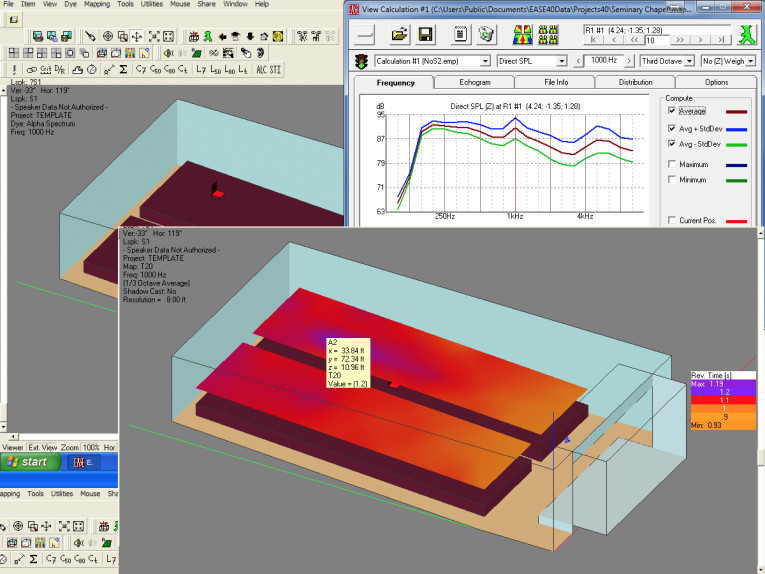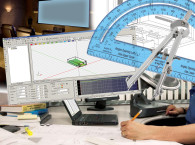From March to August 2014, in its Sound Control column dedicated to acoustics, Richard Honeycutt reviewed and wrote a series of articles on the evolution of predictive acoustics and acoustical modeling software, including a review of some of the available tools. This fourth article in the series discusses Enhanced Acoustic Simulator for Engineers (EASE), an engineering design and analysis software for optimizing acoustics. This article was originally published in audioXpress, June 2014.
From March to August 2014, in its Sound Control column dedicated to acoustics, Richard Honeycutt reviewed and wrote a series of articles on the evolution of predictive acoustics and acoustical modeling software, including a review of some of the available tools. This fourth article in the series discusses Enhanced Acoustic Simulator for Engineers (EASE), an engineering design and analysis software for optimizing acoustics. The EASE software suite provides system designers and consultants with a set of tools for all aspects of professional practice, from detailed, realistic modeling and simulation of venue acoustics and sound system performance to professional data assessment and verification.

Wolfgang Ahnert, the initial developer of Enhanced Acoustic Simulator for Engineers (EASE), studied technical acoustics at the Technical University Dresden and at the Moscow State University (Lomonossov). Beginning in 1975, he worked as a consultant planning theaters, concert halls, and other cultural buildings. He co-authored a book on architectural acoustics in 1980, and has published numerous books and papers.
In 1990, Ahnert founded the Engineering Office Acoustic Design Ahnert (ADA). Since receiving his PhD, Ahnert has been a professor at the Hochschule für Film und Fernsehen (Academy for Film and Television) in Potsdam-Babelsberg, Germany. That same year, ADA released EASE’s first version, a full graphic MS-DOS-based CAD program for acoustical analysis. EASE V. 2 was released in 1993. In 1999, EASE V. 3.0, the first version designed for Windows 95/NT/ME/2000 was released by Ahnert, Stefan Feistel, and Rainer Feistel. From 1998 to 2001, another important analysis program, CAESAR, was developed by Michael Vorländer and Andreas Schmitz of Aachen University in Germany. CAESAR used ray tracing to predict acoustical parameters. It used ray tracing and image methods for auralization and incorporated scattering in the analysis.

At this time, EASE provided electroacoustical prediction and boasted a large and growing loudspeaker database provided by manufacturers, a directivity Direct Link Library (DLL), 3-D visualization, real-time auralization, and professional support for users. In 2001, EASE became available with an Analysis Utility for Room Acoustics (AURA), which incorporated the CAESAR algorithms. EASE is now produced by
AFMG Technologies GmbH and uses hybrid ray-tracing routines to balance accuracy and computational efficiency.
This article was originally published in audioXpress, June 2014.
Read the complete article
now available here.









